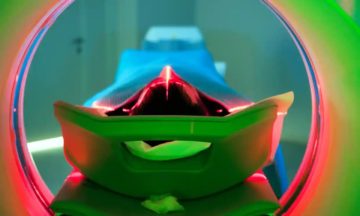Steven Poole in The Guardian:
 Do we see the world directly, or do we make some of it up? It was the great 19th-century scientist Hermann von Helmholtz who first argued that some unconscious process of logical reasoning must be inherent in optical and auditory perception. That insight was rediscovered in the late 20th century, leading to the modern consensus of cognitive science: we think we see and hear the outside world directly, but most of our experience is created by the brain, meaning its best guesses are based on limited information as to what might really be out there. In other words, we are constantly filling in gaps with predictions.
Do we see the world directly, or do we make some of it up? It was the great 19th-century scientist Hermann von Helmholtz who first argued that some unconscious process of logical reasoning must be inherent in optical and auditory perception. That insight was rediscovered in the late 20th century, leading to the modern consensus of cognitive science: we think we see and hear the outside world directly, but most of our experience is created by the brain, meaning its best guesses are based on limited information as to what might really be out there. In other words, we are constantly filling in gaps with predictions.
The Sussex-based cognitive philosopher Andy Clark provides an engaging overview of what he slightly over-claims to be this “new theory” of predictive processing. It is demonstrated in enjoyable and surprising ways: for example, by “Mooney images”, which at first look like random monochrome noise, until you are shown a more detailed second version; you can then “see” (and can’t unsee) the real image in the original. Your predictions have now been updated to be more accurate. People, it turns out, can also be primed to hallucinate Bing Crosby singing White Christmas while listening to pure white noise.
More here.
